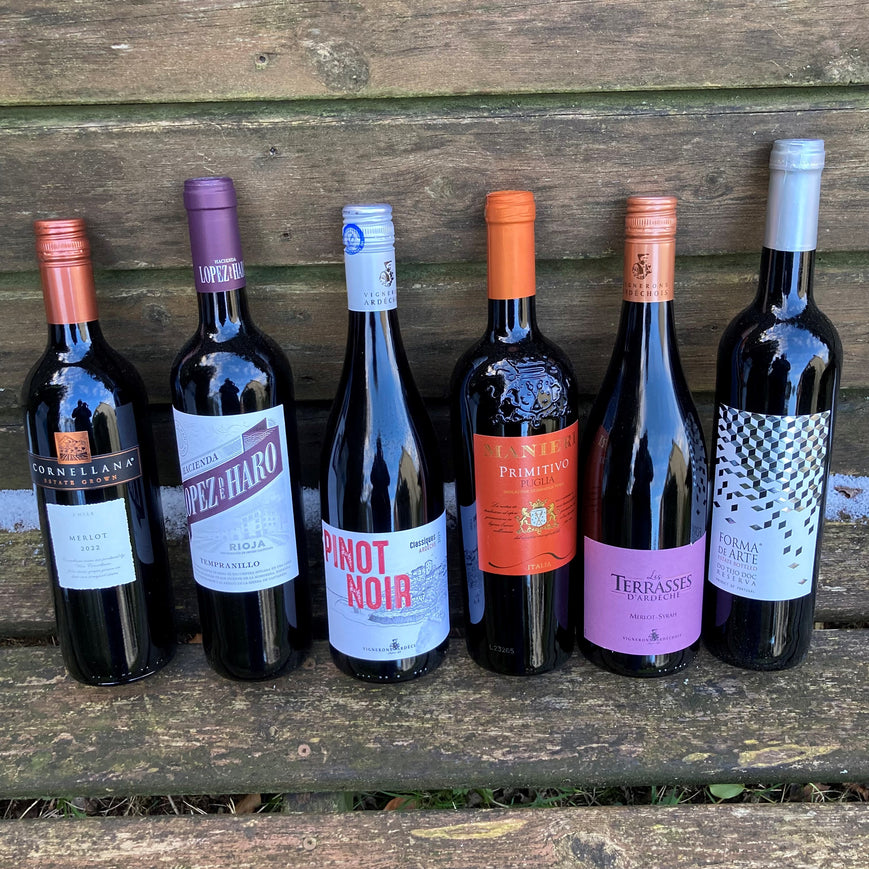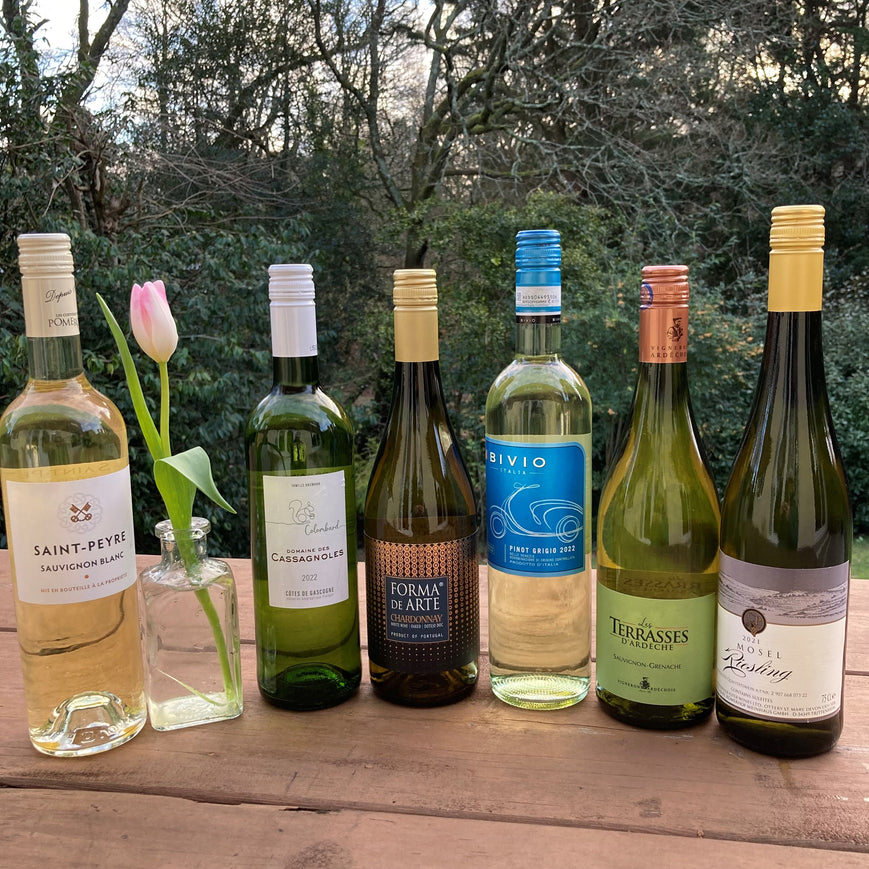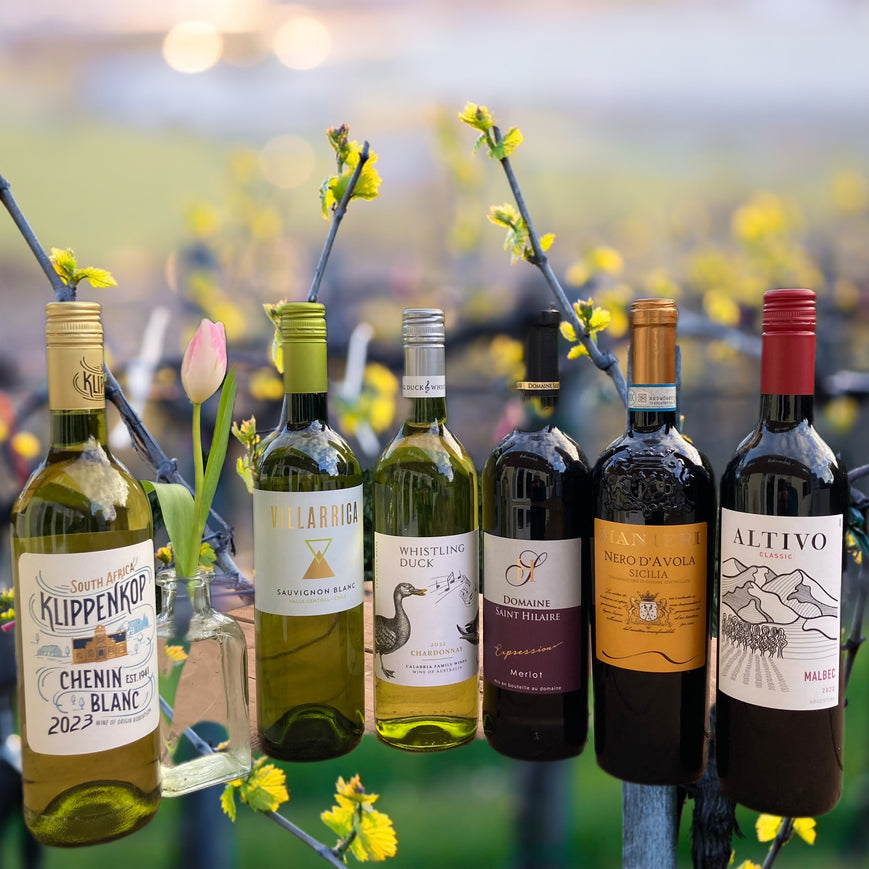
Cote Roannaise 'Oudan' 2020, Domaine Robert Serol
- In stock, ready to ship
- Backordered, shipping soon
DELIVERY TERMS (In all instances, cases may be mixed)
| Order Types | Cost |
|---|---|
| 1 to 12 bottles or less | £11.75 |
| 13 to 24 Bottles | £17.00 |
| 25 to 36 Bottles | £21.50 |
| Orders over £145 | Free Delivery |
| Free Local Delivery | Available to customers within 10 mile radius of our shop, £35 minimum order |
Delivery charges are for Mainland Great Britain only. Charges to the Isle of Wight and other islands will incur additional charges. We do not deliver to Northern Ireland.
Scotland: Deliveries to the following postcodes may incur added costs. AB,FK, HS, IV, KW, PA, PH and ZE. Please check with us directly for delivery quotes:. We would like all our customers to note the following so that they may fully benefit from our delivery service:


 From a virtually unknown (in the UK anyway) region in the Southern Loire, this is absolutely superb Old Vine Gamay, with all the elegance and finesse of a top notch cru Beaujolais without the price tag!
From a virtually unknown (in the UK anyway) region in the Southern Loire, this is absolutely superb Old Vine Gamay, with all the elegance and finesse of a top notch cru Beaujolais without the price tag!

